In 1970s, a bit like today, the mood was sour with industrial action on many fronts from miners to mail workers, shipbuilders to car workers.
Unemployment had soared to 1930s levels and inflation reached 16%.
Average earnings were £60.35 a week, according to the Financial Times of 1977, falling by more than 12% in real terms.
There was mutiny in the ranks, not least among firefighters.
They had a double gripe—their take-home pay was way below average, at £46 per week, a buying power of approximately £337 today.
The police had received a substantial pay rise, while many firefighters had to resort to claiming state benefits.
Firefighter Archie Blair of Aberdeen told the Evening Express striking was the only option left for the service.
He said: “There is reluctance to strike because life and property is definitely threatened, but there is no way that is going to reduce our determination to strike.
“I feel we may have reached the point of no return.
“It’ll be hard to stand back and watch a big fire, but if this strike is to be effective we have got to stand together.”
The Fire Brigades Union (FBU) demanded a 30% pay rise, against the public sector pay ceiling of 10%.
FBU members voted for a national strike for the first time in history, and it ran for nine weeks, from November 1977 to January 1978.
The Labour Government came under intense pressure from Conservative MPs to allow soldiers to crew local authority fire engines.
But fire stations were bolted shut and picketed.
Green Goddesses
The solution to that brought a frisson of excitement- word came that the forces’ Green Goddesses would be brought out of mothballs and seen on the streets as more than 20,000 personnel from across the armed forces stepped in as emergency cover.
The Green Goddesses were already more than twenty years old, in production between 1953 and 1956.
They were Bedford RLHZs, based on the iconic Bedford RL series of military truck, and not primarily fire engines.
Made for use during the Cold War by the Auxiliary Fire Service before it was disbanded in 1968, the Green Goddesses’ main function was pumping huge quantities of water from lakes and rivers into cities hit by a nuclear attack.
Firefighting was a secondary function, and it showed when the armed forces found themselves tackling real fires in 1977.
The servicemen were overstretched, inexperienced and poorly equipped to deal with big blazes. Often firefighters broke their own strike to rush in to save lives.
But the strike proved successful.
Even after a fatal house fire in London, the public lent their support.
Negotiations continued between the Fire Brigades’ Union and the Home Office, but it took until January for a settlement to be brokered.
Settlement
The firefighters finally agreed to settle for a 10% pay rise with guarantees of future increases and they went back to work on January 16, 1978.
The impact of the strike told quite a story — fire damage cost the insurance industry £117.5 million compared to £52.3 million during the same three months of the previous year.
A formula was devised which helped increase wages for the next 25 years, putting firefighters’ wages in line with the top 25% of male manual workers.
The formula held until 2002, when there was another national strike over pay.
Green Goddesses rolled out once again
The faithful Green Goddesses were once again rolled out to cope with fires, but there were concerns over their suitability for the job.
Not fit for purpose
Commentators at the time said it was like comparing a Harrier jump jet with a Spitfire, and the Goddesses were only good for basic firefighting.
Local authorities had upgraded their own fire engines to outstrip the Green Goddesses in all-round performance, and from 2004 could be ordered to make their own vehicles available in the event of industrial actions.
At the same time, the Green Goddess fleet was gradually sold off, many of the vehicles going to developing countries, mostly in Africa.
You might like:
Firefighters and control room staff to be balloted for strikes over pay.
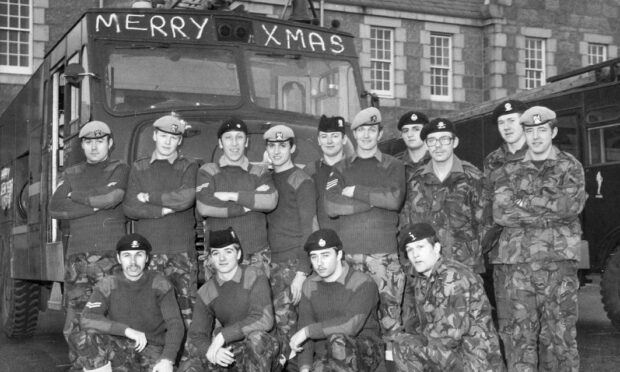
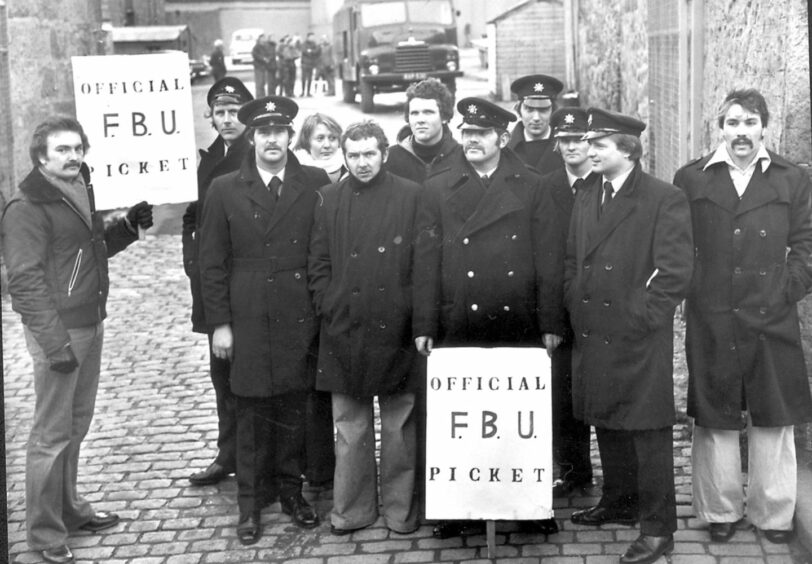
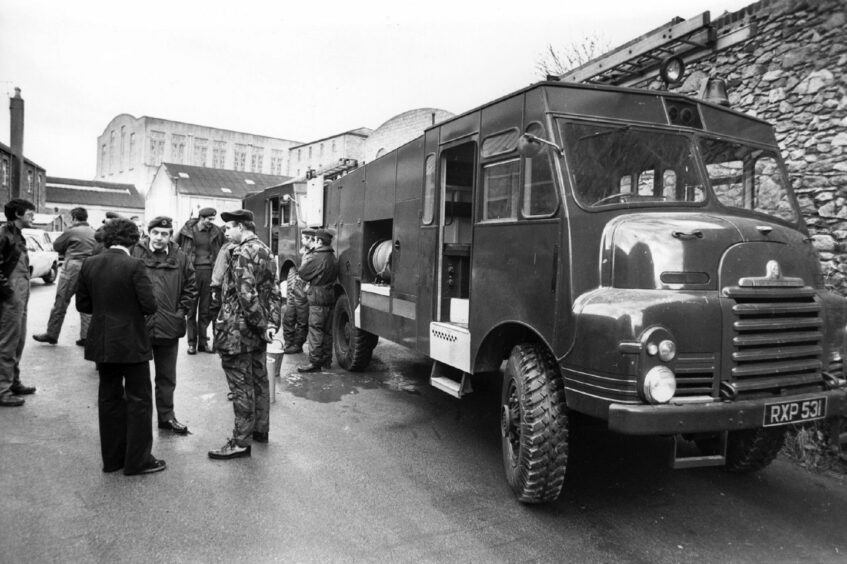
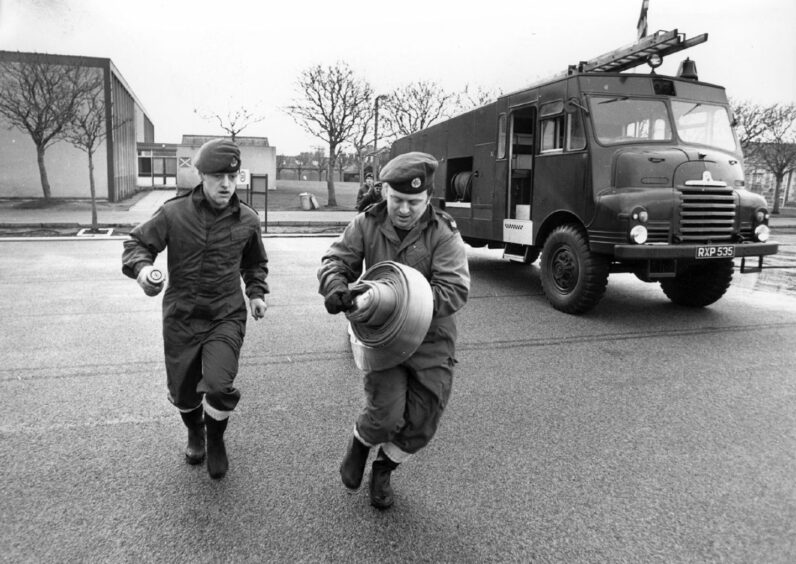
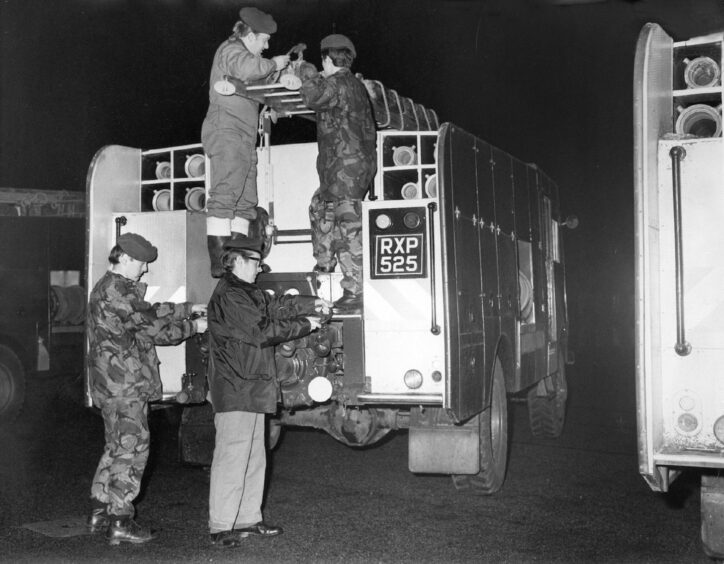
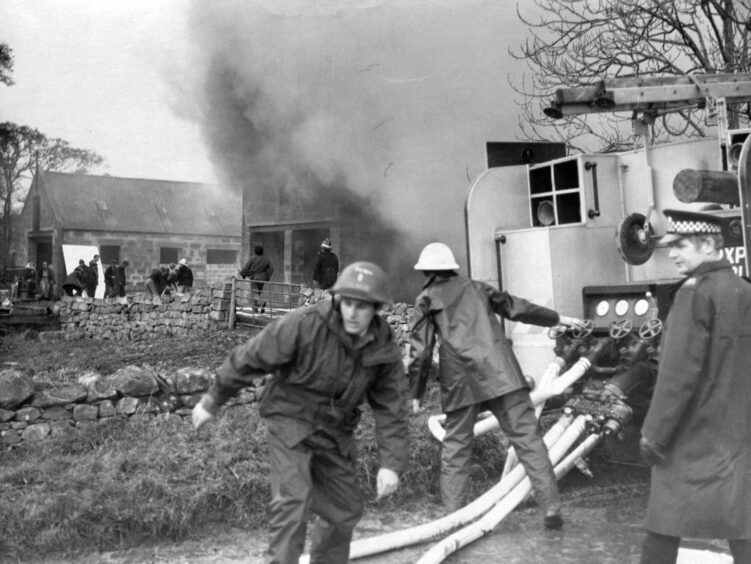
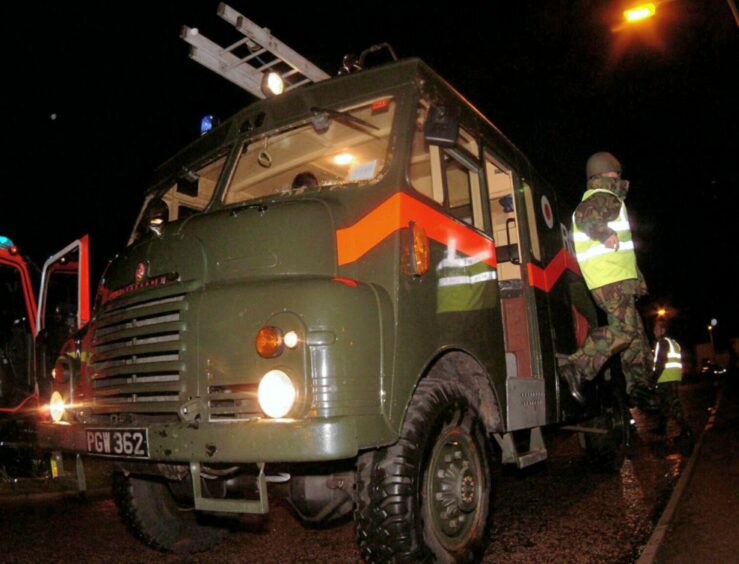
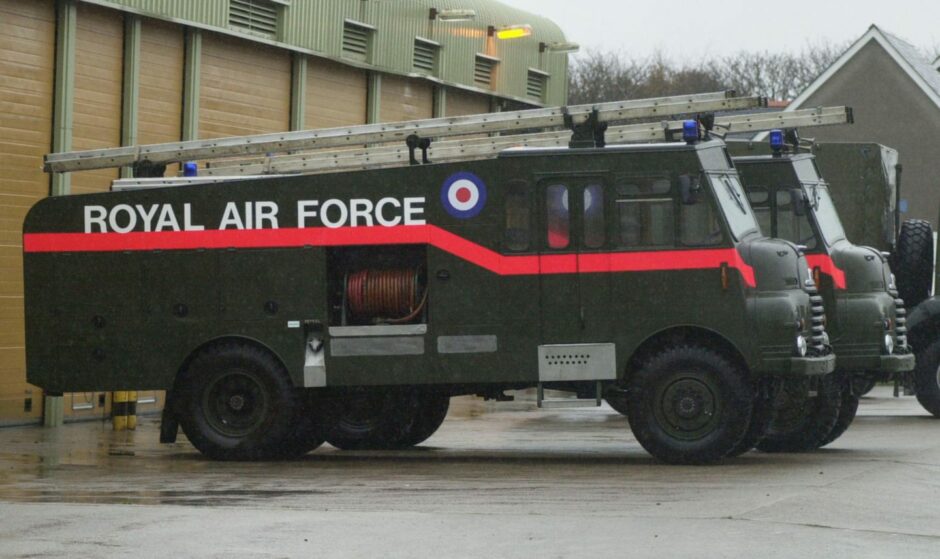
Conversation